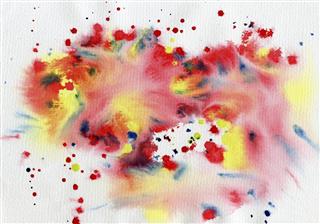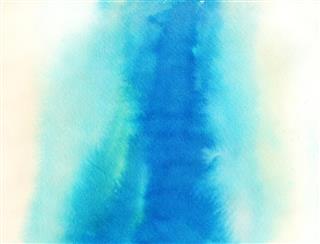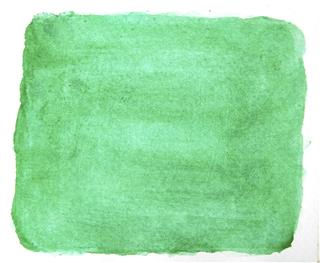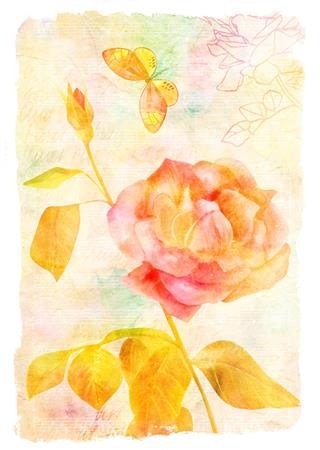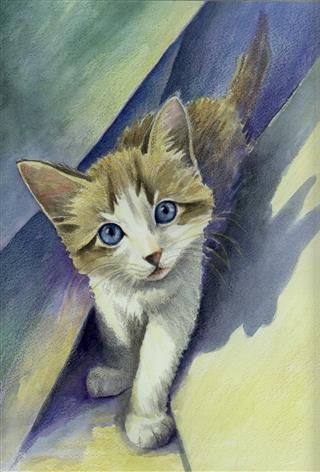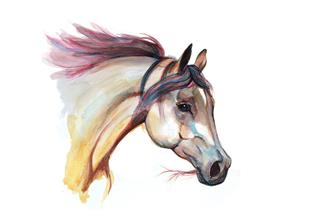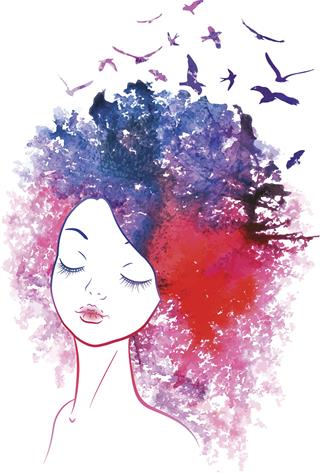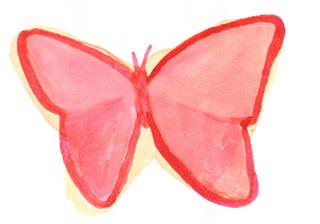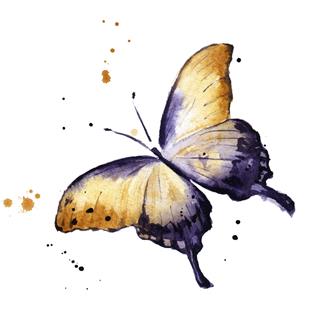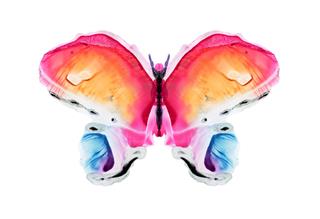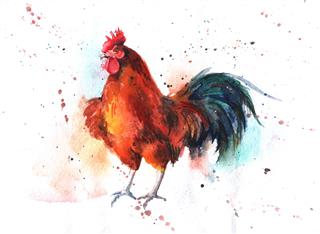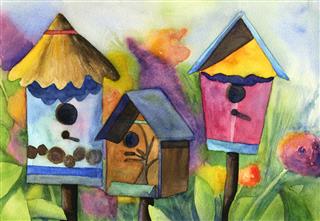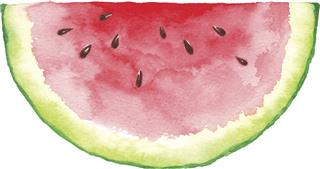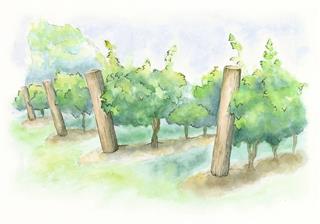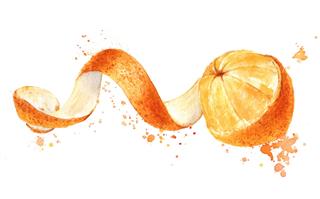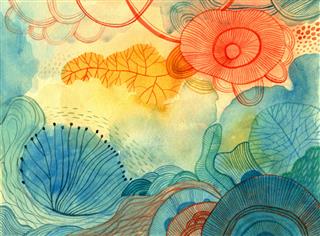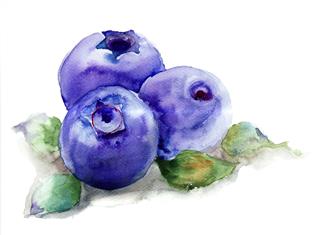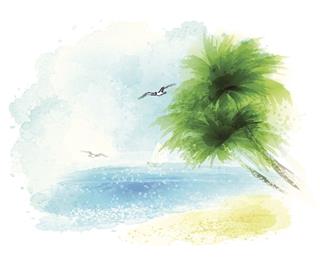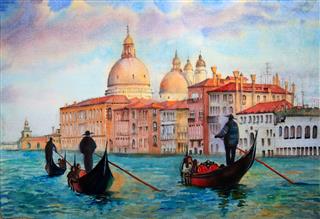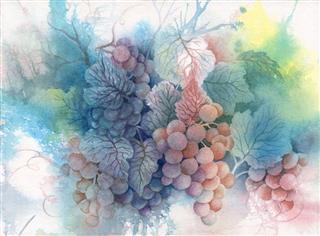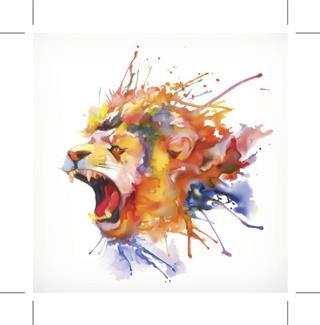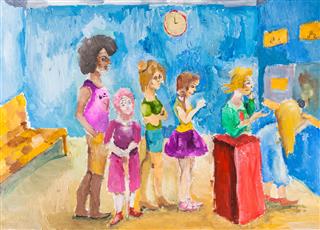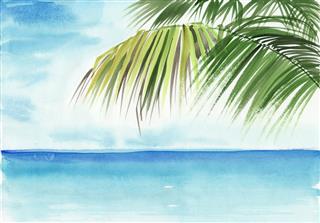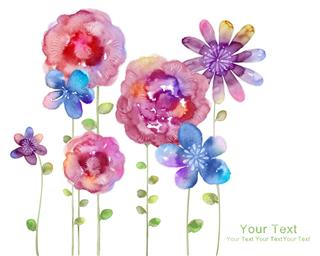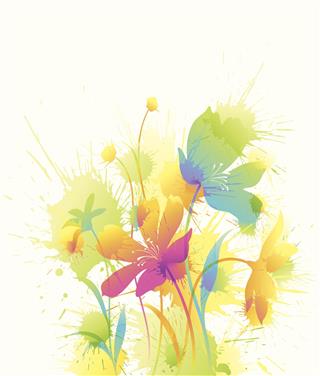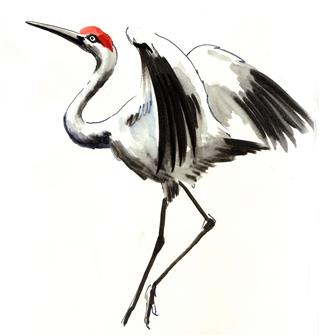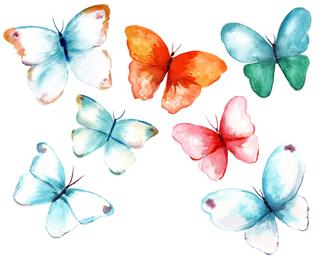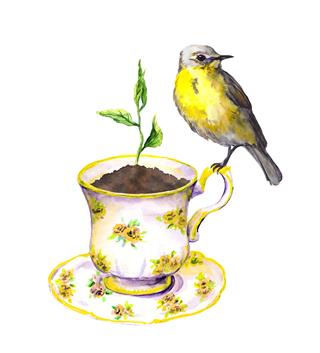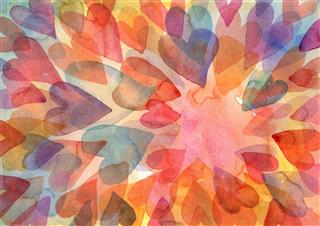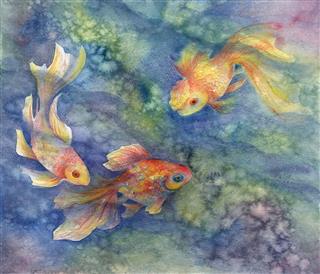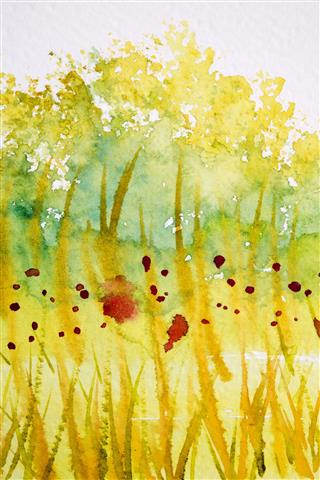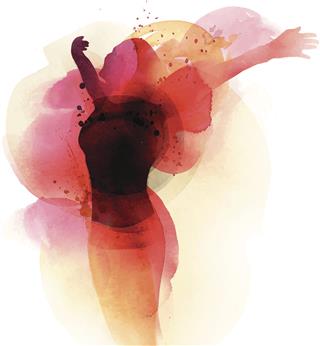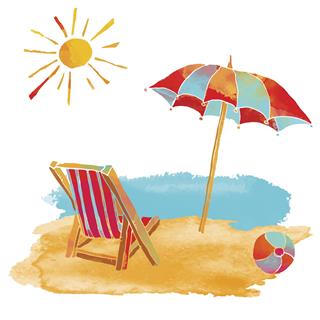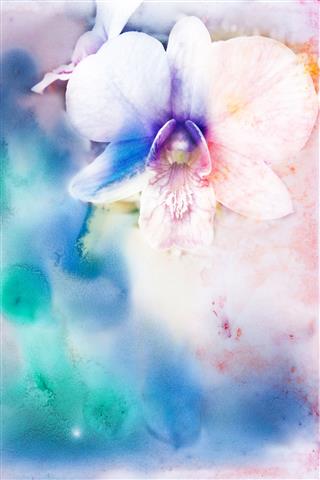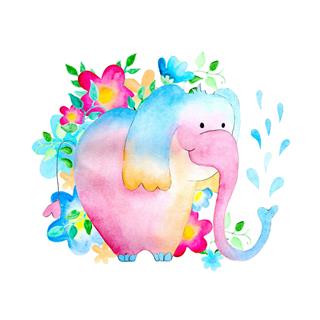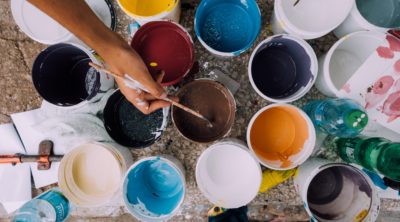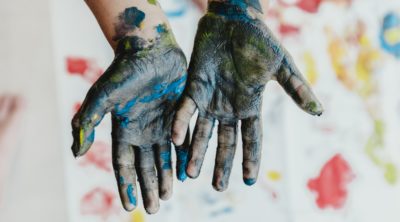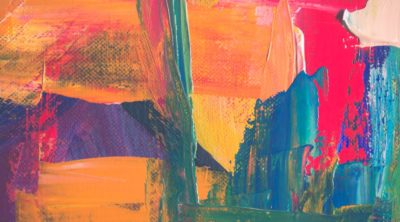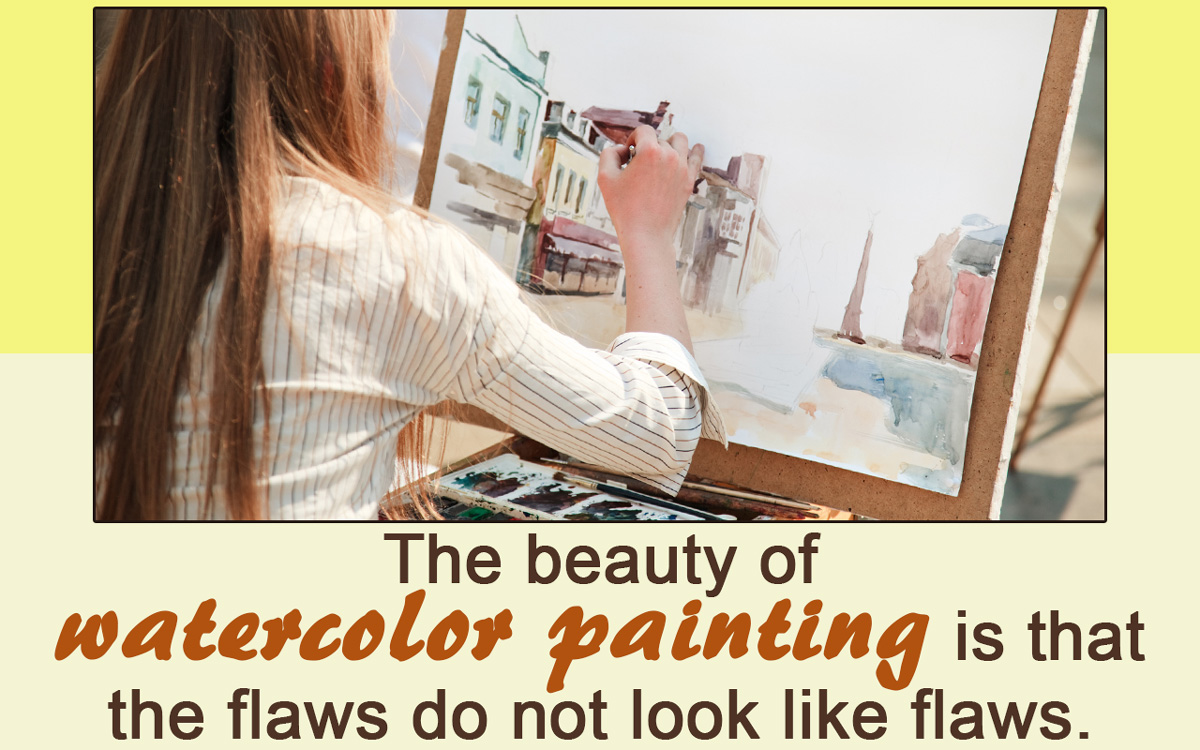
By mastering some basic painting techniques, one can venture and enjoy journeying into the wonderful world of pigments.
The wonderful attributes of watercolors like unpredictability and uncontrollability, make it the most expressive and exciting medium of all. Who doesn’t love meandering between control and complete lack of it at the same time. However, if you are a novice, but wish to enter this mesmerizing world of colors, then you have come to the right place.
Before we start, let me warn you that painting with watercolors can become an addictive pass time. Since, it doesn’t have any side effects, it’s something worth trying your hand at! Getting a hang of some watercoloring techniques will help you enter the fascinating world of unpredictability and colors.
Things Needed to Get Started
For painting with watercolors, you will need some watercolors and brushes. Get sheets of Cotman or Bockingford 300gsm paper. Besides these things, you will also need a white plastic plate for a palette, a piece of cardboard, masking tape to tape down the paper, an old towel to wipe the brush on, and a pencil. Some tissues are also required for one of the techniques. As a beginner, these things are more than sufficient to get you comfortable with painting.
Basic Watercolor Painting Techniques
Flat Wash Technique
The flat wash technique is the most basic watercolor technique. It is done by wetting the area of paper to be covered by the wash. After wetting the surface, you have to mix sufficient amount of pigment needed to fill the entire area. Apply the pigment to a sloping surface, from top to bottom, in slight overlapping horizontal bands. Once the wash is complete, leave it to dry. Never work back into a drying wash as the results can be tragic! Another variation to this basic wash is the graded wash, which involves dilution of the pigment with more water for every horizontal stroke. This means with every horizontal stroke, the wash will be lighter, giving the paper a wash that fades out evenly and gradually.
Glazing Technique
This technique bears semblance to the wash technique, however, in this type, a thin, transparent pigment is applied over the paper that has been already flat washed. The purpose of this additional coat is adjusting the tone and color of the underlying wash. These coats can be applied layer after layer to achieve the desired effect. However, before applying the next coat of glaze, make sure the earlier layer has dried thoroughly. Cobalt blue, permanent rose, auroline, etc., are ideal for glazing the wash.
Wet-in-wet
This technique is nothing but the process of applying pigment to wet paper, hence the name ‘wet-in-wet’. Depending on how wet the paper is, the results can vary from soft, undefined shapes to slight blurry marks. Once the wash is thoroughly dry, wet it using a large brush and apply the pigment into the dampness. While looking for subtle background regions for the painting, the soft marks made by this technique fit perfectly.
Dry Brush
This technique is the exact opposite of the wet-in-wet technique. It involves loading of the brush with pigment and dragging it across a completely dry paper. The pigment is not mixed with too much water. Crisp and hard-edged marks are made by this technique. The marks produced tend to stand out in the painting, thus need to be applied around the center of one’s interest.
Lifting-off
In this technique, staining colors like Prussian blue, Windsor red, yellow, blue or phthalo should be avoided. This is because the lifting-off technique involves the use of pigments that can be dissolved and lifted off after drying. The above-mentioned colors are difficult to remove, hence best avoided. To lift off, the area to be removed needs to be first wet by a brush and clean water. Next, blot the pigment away with a tissue. Interesting hard-edged lines and shapes will be produced, when strips of paper are used to mask areas of pigments.
Dropping-in-color
This technique is nothing but introducing a pigment to a wet portion of the painting and allowing it to blend bleed and then feather without interruption. The best part about this technique is that the result yielded is mostly unpredictable. The vibrant color gradations obtained in this technique cannot be achieved by mixing pigments on the palette.
As you follow the techniques mentioned above, painting with watercolors may seem strange and overwhelming. Do not fret or get discouraged. Just keep practicing the different techniques till you are comfortable with them.
